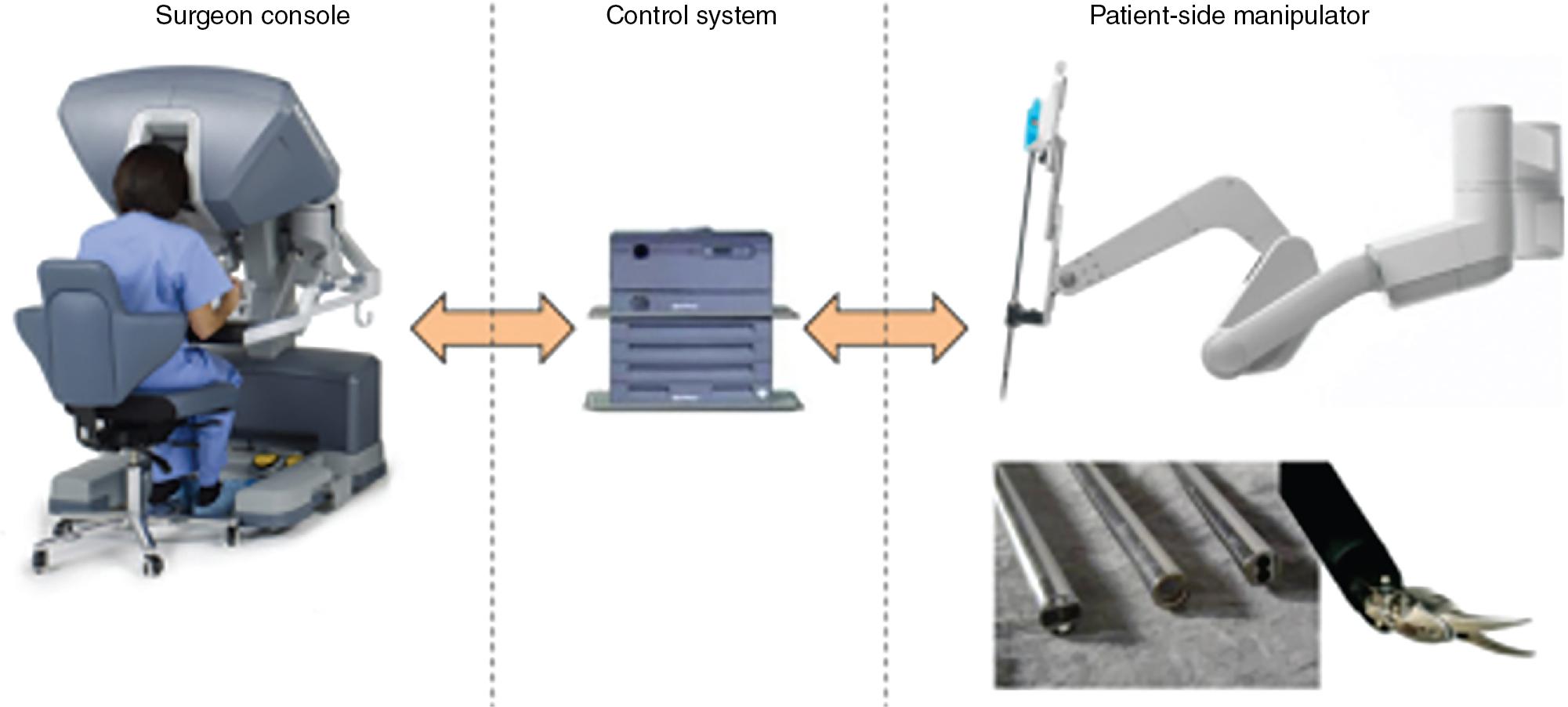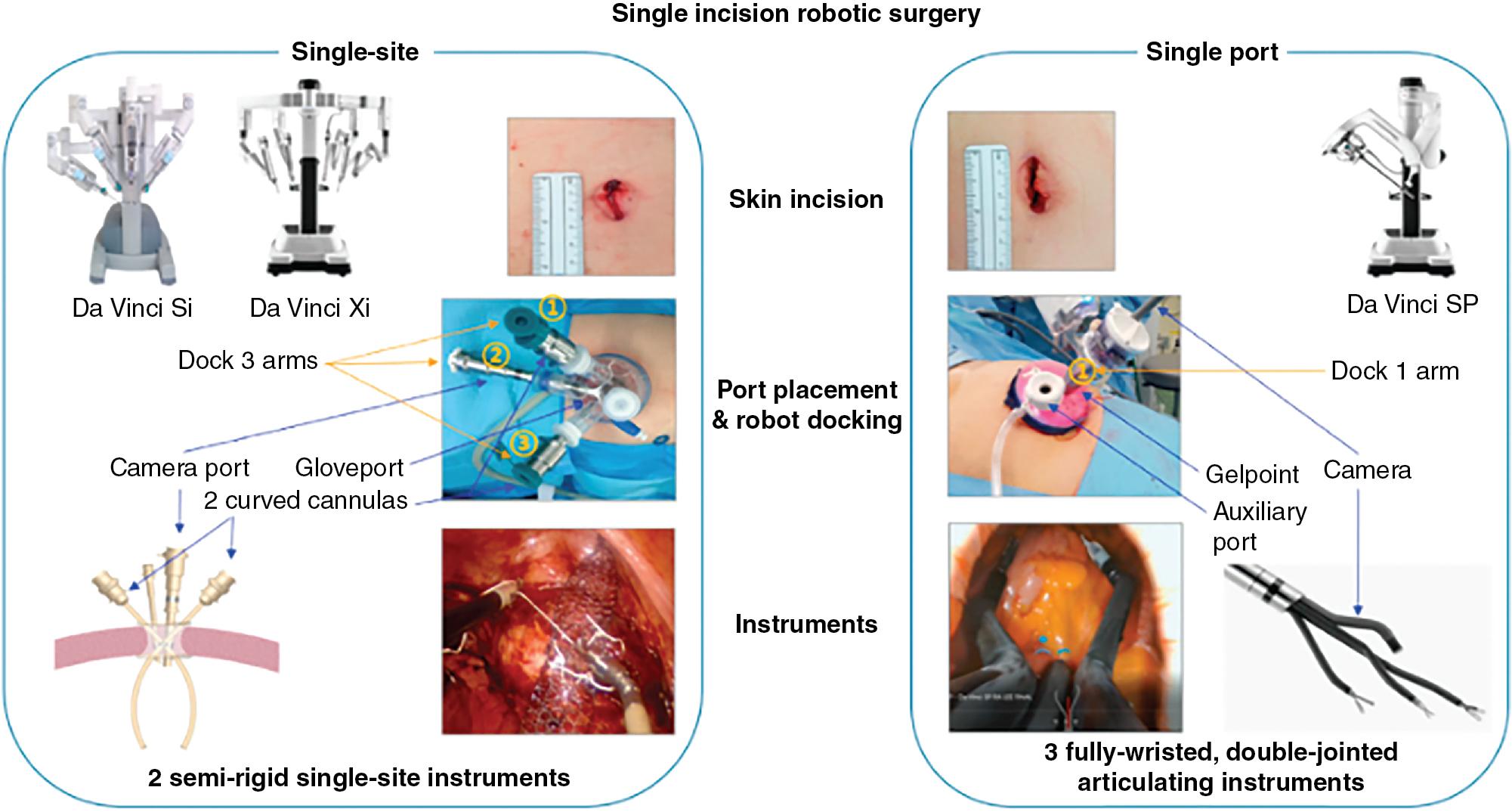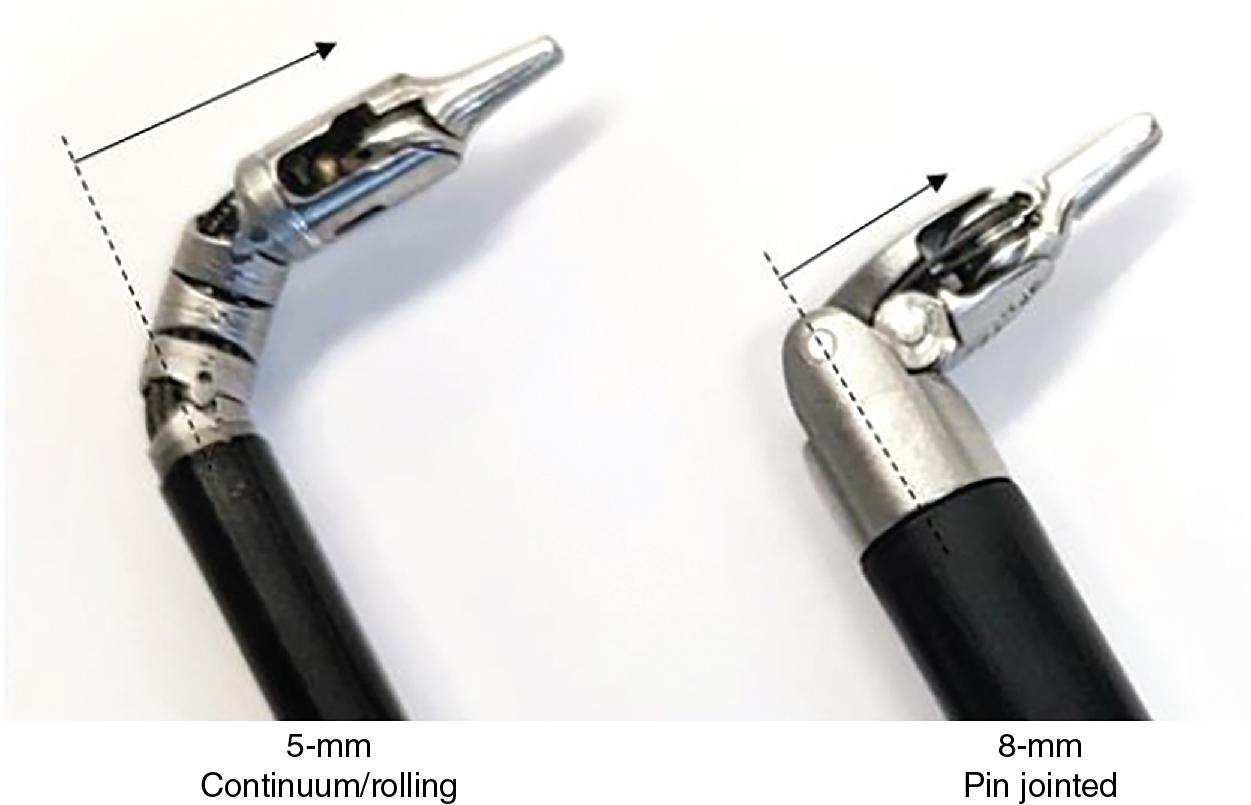Physical Address
304 North Cardinal St.
Dorchester Center, MA 02124
Surgical approaches in craniofacial surgery follow specific principles due to the complex anatomy of the head and neck and the aesthetic sensitivity of the region. The approaches can be categorized into two domains as a result of these factors, which are summarized in Table 25.1 . The first domain includes limited approaches to avoid significant soft tissue disruption that minimizes or avoids incisions within aesthetically sensitive areas. The disadvantages of these limited approaches include reduced visualization and manipulability of instruments, which can impact the precision and ability to successfully perform the procedure as well as the ability to perform more complex maneuvers. The second domain includes larger degloving approaches to access more distant sites or when more extensive soft tissue or bony manipulation and fixation is required. These approaches provide excellent visualization at the expense of increased morbidity.
| Examples | Advantages | Disadvantages |
|---|---|---|
| Limited approaches | ||
|
|
|
| Large degloving approaches | ||
|
|
|
Surgical robots offer improved visualization, access, and dexterity and are well suited for craniofacial surgery where access is limited, and precision is required to perform precise dissections and bone cuts while avoiding critical structures. The technical capabilities of a robot may allow performance of more extensive procedures using more limited approaches.
The da Vinci surgical system is the most utilized surgical robot platform worldwide. The system is a master-slave teleoperated robot, where the surgeon sits at a surgeon console and remotely controls the robotic arms ( Fig. 25.1 ). The latest multi-port version of the da Vinci is the Xi and the newest system is the da Vinci SP (single-port) ( Fig. 25.2 ). The Xi contains four robotic arms with one arm acting as the endoscope. Each arm couples to an EndoWrist instrument that contains the specific surgical instrument or tool that articulates at a distal “wrist”, providing a total of 7 degrees of freedom ( Fig. 25.3 and Table 25.2 ). The SP system has the same number of arms (one binocular camera and three instrument arms) that all traverse through a single tube 2.5 cm in diameter. Both the SP and previous generation systems have been utilized for transoral robotic surgery (TORS).



| Design | Advantages | Disadvantages | |
|---|---|---|---|
| 5-mm EndoWrist instruments | Multilink backbone design |
|
|
| 8-mm EndoWrist instruments | Pin joint design |
|
Larger diameter |
The da Vinci system is only suitable for soft tissue procedures with the system lacking the capability to cut bone. The SP system is more compact and is a significant step forward in single-port access. However, the instruments are large and may be suboptimal for the curvatures and tight crevices of the facial bones and calvarium. In addition, a bone-cutting robot should take advantage of navigation to ensure cutting paths are accurately executed, and the da Vinci lacks this capability. Nonetheless, an understanding of the da Vinci system’s design, capabilities, and limitations, especially given its significant widespread use, can help formulate the design of future systems that are optimized for specific types of surgical procedures.
The field of craniofacial robotics can be classified into soft tissue- and bone-related procedures.
Research and development of robotic systems for craniofacial applications is scarce. A review of robotics in oral, craniofacial, and head and neck surgery in 2012 revealed only two studies investigating craniofacial robotic systems, with the majority of studies conducted in the field of transoral robotic surgery (TORS) and robotic-assisted (para)thyroidectomy. The first of these two studies investigated the use of a hexapod robot for trepanation of the skull in patients with calvarial tumor. The second study presented a robot with an attached bone mill that performs autonomous bone cuts of the calvarium for patients with craniosynostosis using path-planning and navigation.
Transoral robotic surgical (TORS) procedures involving resection and reconstruction of oropharyngeal lesions is the most common soft tissue application of robotics in the head and neck region. An extension of TORS is transoral robotic cleft surgery (TORCS), which has been trialed in a series of 10 patients using the da Vinci surgical system demonstrating feasibility. Khan et al. demonstrated the feasibility of using the da Vinci Si for cleft palate and pharyngeal wall surgery in a cadaver. Podolsky et al. tested the da Vinci Si and Xi for cleft palate surgery using a high-fidelity cleft palate simulator. Both studies demonstrated that using the da Vinci for cleft palate surgery has specific advantages compared to traditional approaches, such as improved visualization, access, and precision. However, challenges included frequent instrument-instrument and instrument-oral cavity collisions as a result of the close proximity of each robotic arm while accessing through the single orifice of the oral cavity.
Literature on craniofacial bone cutting robots has been increasing. The two main classifications of craniofacial specific robots are for performing craniotomies and orthognathic surgery.
Become a Clinical Tree membership for Full access and enjoy Unlimited articles
If you are a member. Log in here